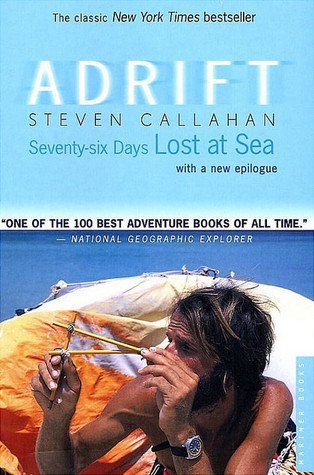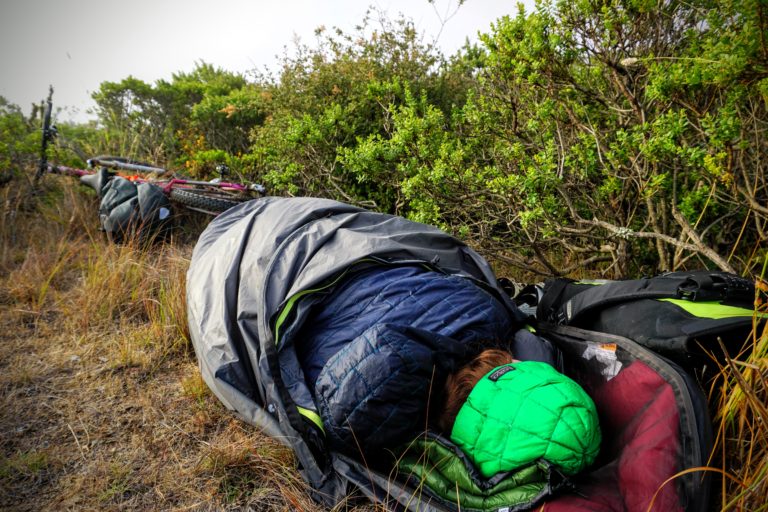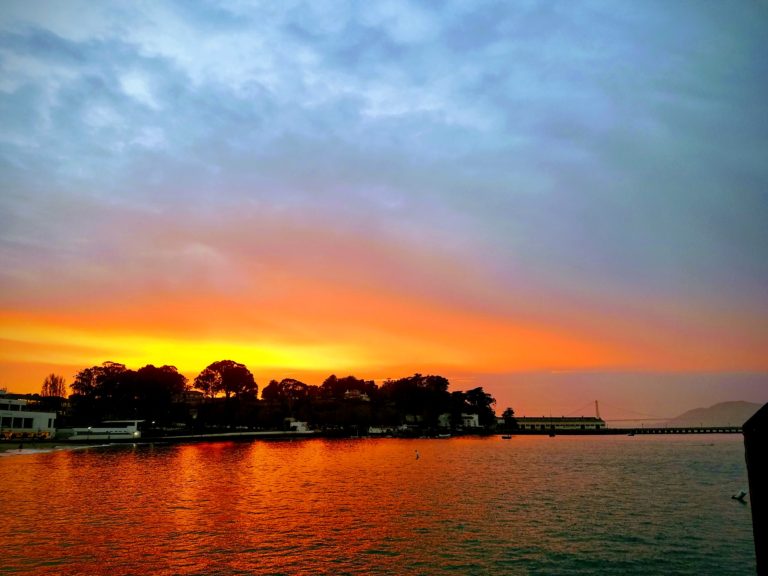I love survival stories and this summer I indulged in many shipwreck stories. One thing that I love about shipwreck memoirs is that the author always survives so it doesn’t feel like I’m watching someone’s death. Often other members of the crew die so it isn’t completely guilt free but since these are real stories I do feel less guilty when I know there is some type of happy ending.
While riding around northern Europe this summer I read four shipwreck stories: Adrift: A True Story of Love, Loss, and Survival at Sea, Adrift: Seventy-Six Days Lost at Sea, 438 Days: An Extraordinary True Story of Survival at Sea, and Island of the Lost: An Extraordinary Story of Survival at the Edge of the World. Shipwreck books are not creatively named. The first three are about boats adrift in the ocean while the fourth is about a wreck on a subantarctic island.
There are many survival at sea stories and while all share common themes each is unique because every person is unique in how they handle adversity, their skills in navigation and fishing, and in what resources they have to work with. The first three books are sailor versus sea narratives. Adrift: A True Story of Love, Loss, and Survival at Sea is a rarity in adventure survival literature in that it is the story of a woman who loses her mast and her fiance in a hurricane and she must navigate the currents to Hawaii. Adrift: Seventy-Six Days Lost at Sea is the story of the longest solo survival in a raft at sea. Callahan describes life in an inflatable raft where there is always a challenge and new ways to die pop up every day. 438 Days: An Extraordinary True Story of Survival at Sea is the story of a Mexican fisherman who loses his engine near shore but, due to a strong current flowing west and no radio, he is unable to get assistance and ends up drifting at sea for more than a year.
My favorite of the bunch was not a first person narrative. Island of the Lost: An Extraordinary Story of Survival at the Edge of the World recounts two shipwrecks in 1864 on Auckland Island, an subantarctic island where it rarely stops raining and the wind blows so hard that the trees grow sideways. These two shipwrecked crews, just a few miles apart from one another, never knew about the other because of the difficulty in traveling around the island. The book highlights the differences in behavior between the two shipwrecked crews and why one lost nearly every crew member while the other returned each member back to Australia. The tales of the latter crew read like multiple episodes of Gilligan’s Island and many people at the time didn’t believe that they were able to accomplish so much in such harsh conditions but there were independent eyewitness accounts to corroborate the crew. Captain Thomas Musgrave, the captain of the crew with no casualties, returned to Australia and lead an initiative to stock the subantarctic islands with supplies. These islands were in waters frequented by whalers and other commercial vessels and the sea conditions are dangerous and only passable at certain times of year. Many ships wrecked in this part of the world and Captain Musgrave worked to ensure that a shipwrecked crew would be able to wait on an island for several months until help could be sent.
Additional Survival at Sea Books I Recommend
– In the Heart of the Sea: The Tragedy of the Whaleship Essex: The true story behind Moby Dick.
– Survive the Savage Sea: An incredible story written by a master mariner whose family is adrift at sea after a pod of orcas attacks their sailboat.
– Godforsaken Sea: The story of the 1996 Vendée Globe, a non-stop unsupported single handed sailing race.
– Unbroken: A World War II Story of Survival, Resilience, and Redemption: Shot down over the Pacific during World War II, one of the fastest runners in the world survives 47 days in a life raft only to be picked up by the Japanese and held in a POW camp for the next two years.







